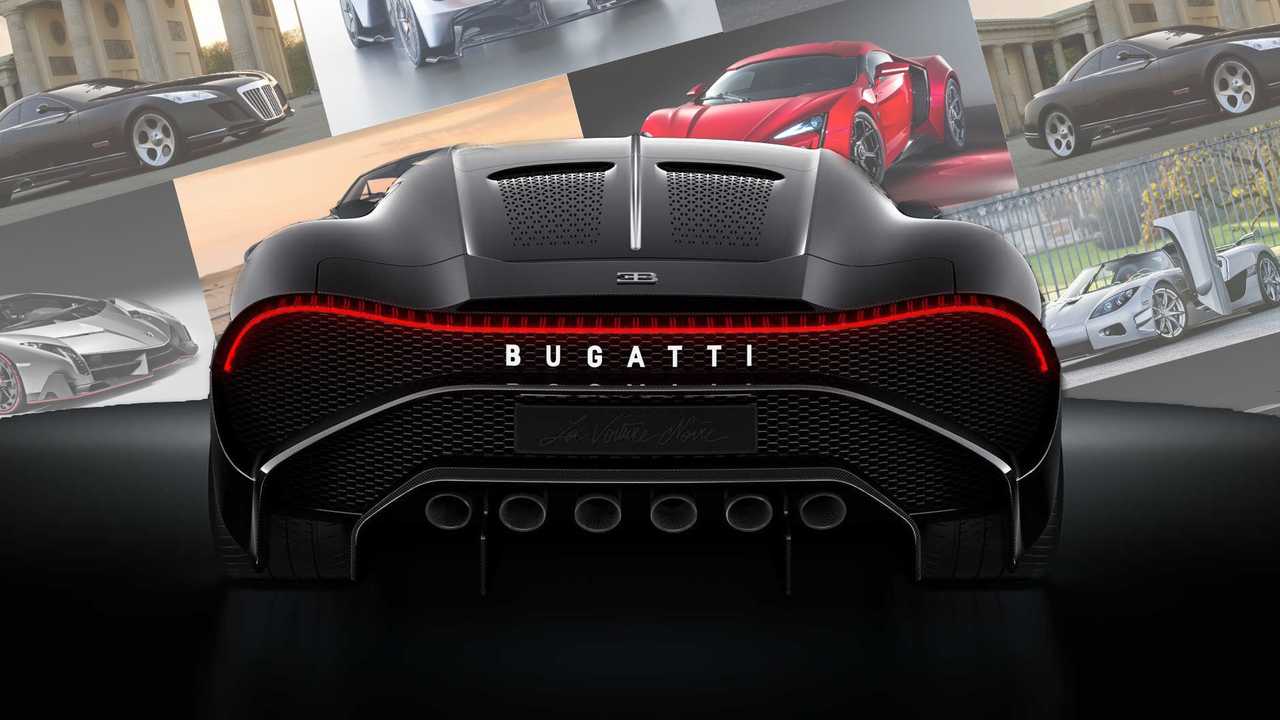DTC petfood market worth $8.16 billion by 2028. According to a new market research report titled “Direct to Consumer Pet Food Market by Type (Meal [Standard, Customised], Treats, Supplements), Pet Type (Dogs, Cats), Health Condition (Nutrition), Distribution Channel (Online, Offline), and Geography — Global Forecasts to 2028”, published by Meticulous Research®, the DTC petfood market is expected to grow at a CAGR of 25.2% from 2021–2028 to reach $8.16 billion by 2028.
The direct-to-consumer petfood market has been growing rapidly due to the growing adoption of digital channels. The increase in smartphone usage and the huge diffusion of the internet further stimulate the growth of this market.
In addition, people’s hectic lifestyles, user-friendly websites/apps especially market-leading hyper-personalisation software for individual consumers product selection emails, and accessibility of products drive the online sales of pet food. The rising pet population coupled with increasing pet food expenditure, growing incidences of zoonotic diseases in pets, the rising number of pet D2C brands and start-ups, the humanization of pets, and growing consumer preference for online shopping are some of the major factors attributed to the growth of this market.
Furthermore, the rise in ecommerce, demand for nutritious pet food, millennial pet owners, and the willingness of consumers to pay a premium for pet products support the growth of the direct-to-consumer petfood market. However, the quality issues in pet food products and product recalls are expected to hinder the growth of this market to a notable extent.
Key Findings in the Direct-to-Consumer Petfood Market Study
The direct-to-consumer petfood market is segmented based on type (meal [standard and customized], treats, and supplements), pet type (dogs, cats, and other pets), health condition (nutrition, digestive health, heart health, allergies, dental health, skin problems, stress, joint health, and other health conditions), distribution channel (online and offline), and geography. The study also evaluates industry competitors and analyzes the market at the regional and country levels.
Based on type, the direct-to-consumer petfood market is segmented into meals, treats, and supplements. In 2021, the meal segment accounted for the largest share of the overall D2C pet food market. The meal segment is divided into standardised meals and customised meals. In 2021, the standardised meal segment accounted for the larger share of the direct-to-consumer pet food market. The large share of this segment is attributed to the increasing demand for high-quality ingredients products, the humanisation of pets, and longer shelf life.
The meal segment is further sub-segmented into dry and wet meals. The dry meal segment is expected to register the highest CAGR during the forecast period of 2021–2028. The high growth rate of this segment is attributed to its increased shelf life, low cost, ease of handling, and reduced risks of plaque & tartar buildup.
Based on pet type, the D2C pet food market is segmented into dogs, cats, and other pets. In 2021, the dogs segment accounted for the largest share of the D2C pet food market. The large market share of this segment is mainly attributed to the rising number of dog adoptions, the humanisation of dogs, and the growing demand for high-quality dog food products.
Based on health conditions, the DTC pet food market is segmented into nutrition, digestive health, heart health, allergies, dental health, skin problems, stress, joint health, and other health conditions. In 2021, the nutrition segment accounted for the largest share of the direct-to-consumer pet food market. The large market share of this segment is attributed to the increasing expansion of premium pet food brands and the growing awareness of pet owners towards pet preferences and health conditions. However, the digestive health segment is expected to register the highest CAGR during the forecast period of 2021–2028. The high growth rate of this segment is attributed to the increasing usage of customised nutritional formulations to prevent digestive problems and the introduction of prebiotics and probiotics in petfood diets.
Based on the distribution channel, the DTC pet food market is segmented into online and offline. The online segment accounted for the larger share of the D2C pet food market in 2021. The large market share of this segment is attributed to the growing preference for hyper-personalisation, consumer convenience, availability of greater discounts compared to offline stores, and greater product selection experience.
Based on geography, North America accounted for the largest share of the D2C pet food market in 2021. The large market share of this region is attributed to the rising number of millennials as pet owners, the availability of a wide range of customised petfood, the growing focus on the health & diets of pets, and the presence of major D2C players in this region. Additionally, North America is also expected to register the highest CAGR during the forecast period of 2021–2028.
The report includes an extensive assessment of the key strategic developments by leading market participants in the industry over the past four years. In recent years, the direct-to-consumer petfood market has witnessed several product launches, partnerships, expansions, and acquisitions.
The key players operating in the global DTC pet food market are Nestlé S.A. (Switzerland), General Mills, Inc. (U.S.), Mars, Incorporated (U.S.), Hill’s Pet Nutrition, Inc. (Part of Colgate-Palmolive Company) (U.S.), The J.M. Smucker Company (U.S.), Diamond Pet Foods, Inc. (Part of Schell & Kampeter, Inc.) (U.S.), Heristo Aktiengesellschaft (Germany), Simmon Pet Food, Inc. (U.S.), WellPet, LLC (U.S.), The Farmers Dog, Inc. (U.S.), Jinx, Inc. (U.S.), JustFoodForDogs, LLC (U.S.), Ollie Pets Inc. (U.S.), Farmina Pet Foods Holding B.V. (Netherlands), and NomNomNow, Inc. (Philippines) among others.





